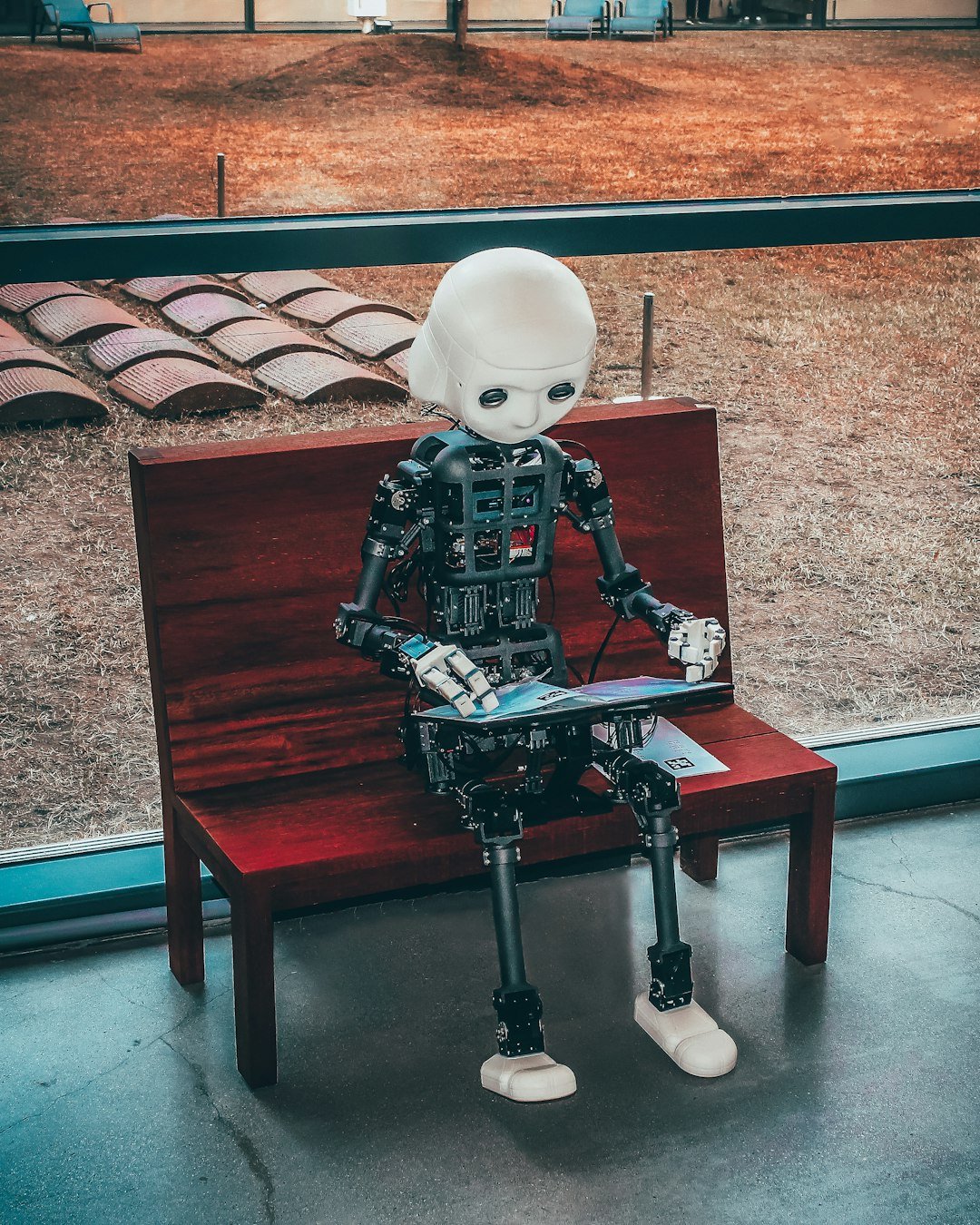AI Tools: A Revolution in Progress – The Latest Breakthroughs and Trends
The world of AI tools is evolving at breakneck speed, constantly pushing the boundaries of what’s possible. Forget the sci-fi fantasies; the AI revolution is happening now, impacting everything from how we create art to how we diagnose diseases. This article dives into the latest exciting developments, focusing on key trends and noteworthy breakthroughs.
1. Generative AI Takes Center Stage: No longer a niche technology, generative AI is dominating headlines. Tools like Midjourney, DALL-E 2, and Stable Diffusion are democratizing art creation, allowing anyone to generate stunning images from text prompts. But the capabilities extend far beyond visuals. We’re seeing advancements in:
* AI-powered music composition: Software is now capable of composing original music in various styles, adapting to specific moods and even incorporating user input. This opens doors for personalized soundtracks, game development, and even film scoring.
* AI-driven text generation: Beyond simple chatbots, we see sophisticated tools capable of generating highly nuanced and creative text formats – from marketing copy and blog posts to scripts and novels. The ethical considerations surrounding plagiarism and copyright are still evolving, but the potential is undeniable.
* 3D model generation: Imagine generating intricate 3D models from simple text descriptions – this is becoming a reality, with significant implications for architecture, product design, and even virtual worlds.
2. The Rise of AI-Assisted Coding: Programmers are increasingly relying on AI to streamline their workflows. Tools like GitHub Copilot and Tabnine are leveraging machine learning to suggest code completions, identify bugs, and even generate entire functions. This boosts developer productivity and allows for faster iteration, impacting software development across all sectors.
3. AI in Healthcare: Accelerating Diagnosis and Treatment: AI is proving invaluable in healthcare, with applications ranging from early disease detection to personalized medicine. Recent breakthroughs include:
* Improved medical imaging analysis: AI algorithms can detect subtle anomalies in medical scans (X-rays, MRIs, etc.) that might be missed by the human eye, leading to earlier and more accurate diagnoses.
* Drug discovery acceleration: AI is significantly speeding up the process of identifying potential drug candidates, reducing the time and cost associated with bringing new treatments to market.
* Personalized treatment plans: AI can analyze patient data to create customized treatment plans, improving outcomes and reducing side effects.
4. Ethical Considerations and Responsible AI: The rapid advancement of AI tools necessitates a serious discussion around ethical considerations. Issues such as bias in algorithms, data privacy, and the potential for job displacement need careful attention. The development of responsible AI frameworks and guidelines is crucial to ensure that these powerful tools are used for the benefit of humanity.
5. The Future of AI Tools: The trajectory is clear: AI tools will become even more powerful, integrated, and pervasive. We can expect to see:
* Increased accessibility: More user-friendly interfaces will make AI tools accessible to a wider audience, regardless of technical expertise.
* Enhanced interoperability: Different AI tools will be able to seamlessly interact and share data, leading to even more sophisticated applications.
* Focus on explainability: Efforts to make AI decision-making more transparent and understandable will be vital for building trust and ensuring accountability.
The rapid evolution of AI tools promises a future brimming with possibilities. While challenges remain, the potential benefits across various sectors are undeniable. Staying informed about these developments is crucial, as AI is rapidly reshaping our world, one innovative tool at a time.










